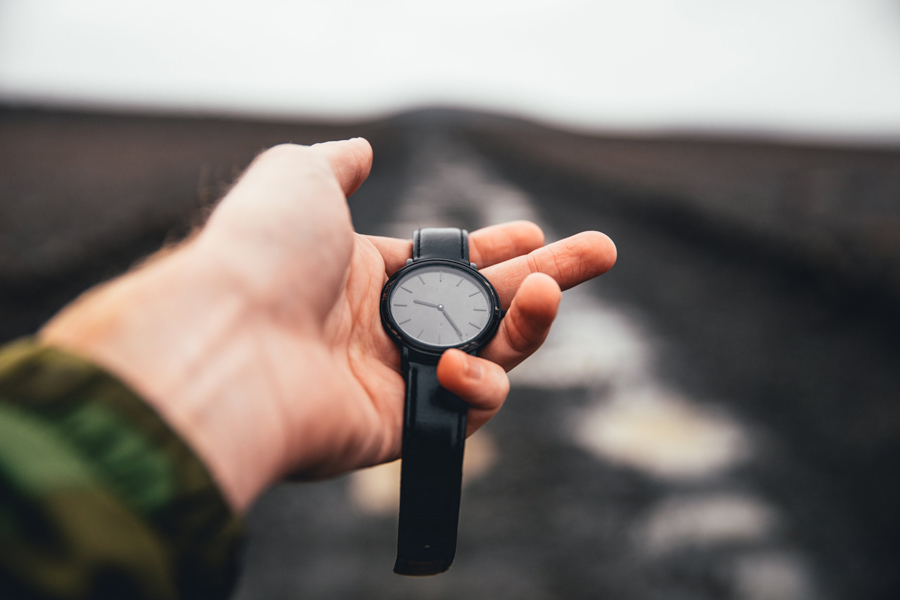How Arizona Naloxone Laws Can Help Reduce Arizona Overdose Deaths
In 2016, more Americans died from opioid use than from car crashes, gunshot wounds or breast cancer. There were close to 1,500 Arizona overdose deaths that year, and around half were attributed to opioids. That was a 74 percent increase over the previous four years. Hopefully, Arizona naloxone laws will save lives and convince opioid abusers to seek help.
What Are Opioids, and How Do Overdoses Occur?
Opioids are closely related to morphine, an organic substance found in opium poppy plants. This drug family includes heroin, fentanyl, methadone and a host of prescription painkillers.
Opioids ease pain, relax the body and provide a sense of well-being. That warm, fuzzy feeling appeals to people from all walks of life, and many find themselves hopelessly addicted long after their pain has subsided.
Drugs like heroin and oxycodone calm the body by slowing respiratory function. If opioid levels are too high, breathing might stop altogether. Fatal overdose is the result of respiratory failure.
What Is Naloxone?
Naloxone, branded as Narcan, is a non-addictive, emergency-response drug that reverses opioid overdose. The only side effects for someone who took opioids are severe withdrawal symptoms. There is no effect at all if there are no opioids present in the body.
Naloxone is delivered through an intramuscular injection or a nasal spray.
Continued after infographic:
Arizona Naloxone Laws
In the past, only doctors or medical emergency personnel could administer naloxone. However, Arizona has recently embraced a concept known as harm reduction. The idea is to accept drug use as a part of our world and work to minimize its damage.
Participants in this movement encourage abstinence and try to get substance abusers into recovery. Meanwhile, though, they stress the importance of using clean needles, refraining from risky sexual behavior and avoiding overdose. If you can’t beat them, educate them.
In May 2016, Arizona legislators passed House Bill 2355. In a nutshell, the statute puts naloxone directly into the hands of opioid abusers, their friends, their family members or anyone in the community.
The training required to administer naloxone takes about an hour. Prescribing doctors and individuals who give the medication are protected from certain liabilities.
Naloxone kits range in price from $20 per dose for the generic version to around $70 per dose for Narcan. Kits are easily obtained from a doctor, and insurance covers the cost. Pharmacies can sell it over the counter, but insurance companies may not pay for it.
Many community organizations, such as Sonoran Prevention Works[1], are giving kits away. SPW furnished around 100,000 doses between January and September 2018.
Who Uses All Those Doses?
Ten thousand sounds like a lot until you think of naloxone as a form of first aid.
Someone who ingests a street drug that happens to be laced with fentanyl — which is up to 100 times more potent than morphine — may not make it to the hospital.
The painkillers lying around in ordinary households are a leading cause of accidental overdose, and it’s estimated that up to 95 percent of Arizonans keep them on hand. An elderly man in chronic pain may lose track of how many pills he’s taken. A housewife might try to enhance the effects of hydrocodone with a couple of glasses of wine. Someone fresh out of rehab or jail may feel safe taking just one Vicodin, but tolerance is at dangerously low levels. Sadly, painkillers sometimes fall into the hands of innocent toddlers and curious teenagers.
As they say, prevention is the best medicine. If you legitimately need pain medication, thoroughly discuss your physical and mental health history with your doctor. Avoid opioids if addiction runs in your family or if you struggle with depression, drug abuse or alcohol abuse. If you take opioids, follow the prescribed dosage to the letter. Never mix them with alcohol or benzodiazepine sleep aids like Ativan, Xanax or Valium.
It’s important to remember to lock up your meds and don’t offer them to friends or family members. Stop taking them when your pain subsides and return leftovers to the pharmacy for disposal.
Signs of Opioid Overdose
Overdose can occur immediately or up to three hours after the last dose. Never assume that you, a friend or a relative will sleep it off and pull through.
These telltale signs indicate a life-threatening emergency:
- Unusual sleepiness
- Slow breathing or failure to breathe
- Failure to respond
- Slow heart rate or low blood pressure
- Cold, clammy skin
- Tiny pupils
- Bluish nails and lips
If these are evident, administer naloxone and call 911. If you were mistaken about the overdose, the drug won’t do any harm.
A Better Solution for Opioid Overdoses and Opioid Addiction
No one argues that naloxone saves lives. The rate of Arizona overdose deaths is expected to decline dramatically because of it. As of June 2018, Arizona law enforcement officers had administered 549 doses of naloxone. All but nine of the people who had overdosed survived.
However, naloxone is hardly a solution to the opioid crisis. Having first aid for an emergency is fine, but that shouldn’t encourage anyone to keep using.
Addiction is a chronic brain disease that even the smartest drugs can’t cure. It ruins relationships, careers and reputations. It causes financial hardships and legal problems. It destroys families.
If you or someone you love is in the grip of addiction, caring professional help is the only solution. Call Desert Cove Recovery now to speak with an experienced counselor. We’re committed to helping you reclaim your life.
Source:
[1] http://spwaz.org/




